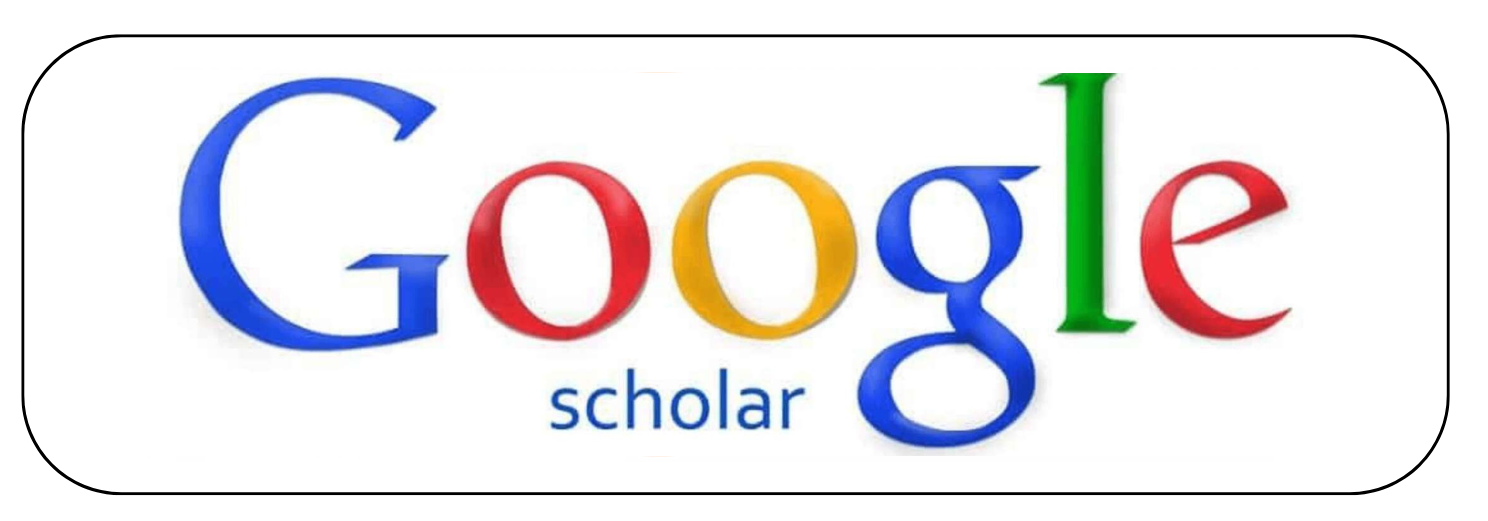Variances in the Purchasing Intention of Sports Items on TikTok Shop Based on Gender, Educational Institutions, and Academic Programs
DOI:
https://doi.org/10.61688/ajpbs.v5i1.297Keywords:
Purchasing Intention, TikTok Shop, Sports Items, Undergraduate StudentsAbstract
TikTok presents a compelling opportunity for marketers to engage with a diverse community of sports enthusiasts. However, there is limited empirical evidence addressing how demographic factors, such as gender, educational background, and academic programs, intersect to influence consumer decisions regarding sports merchandise purchases on TikTok Shop. This study examines the variations in purchasing intention of sports items on TikTok Shop based on gender, educational institutions, and academic programs. Conducted among 222 undergraduate sports students from both public and private educational institutions, the research utilized the students purchasing intention of sports items on TikTok Shop (rated on a 10-point scale) as its primary instrument. The findings revealed no significant difference in the main effect of students' purchasing intention of sports items on TikTok Shop, including gender (F (1, 216) = .720, p = .397), academic program (F (1, 216) = .042, p = .838), and educational institutions (F (1, 216) = .042, p = .838). These findings underscore the importance for businesses operating on TikTok Shop and other digital platforms to adopt a more inclusive and universal approach in their marketing strategies and product offerings, rather than segmenting them based on demographic or institutional factors.
Downloads
Published
How to Cite
Issue
Section
Categories
License
Copyright (c) 2024 Kutip, M. F. , Zuriati Mustapha, Syahida Mohd Nazri, Adam Afif Mohamad Azmi, Cassendra Gilbert

This work is licensed under a Creative Commons Attribution 4.0 International License.
Published by Universiti Poly-Tech Malaysia. This article is licensed under the Creative Commons Attribution (CC BY 4.0) license. Anyone may reproduce, distribute, translate, and create derivative works from this article (for both commercial and non-commercial purposes), provided full attribution is given to the original publication and authors. The complete terms of this license can be found at:http://creativecommons.org/licenses/by/4.0/legalcode













